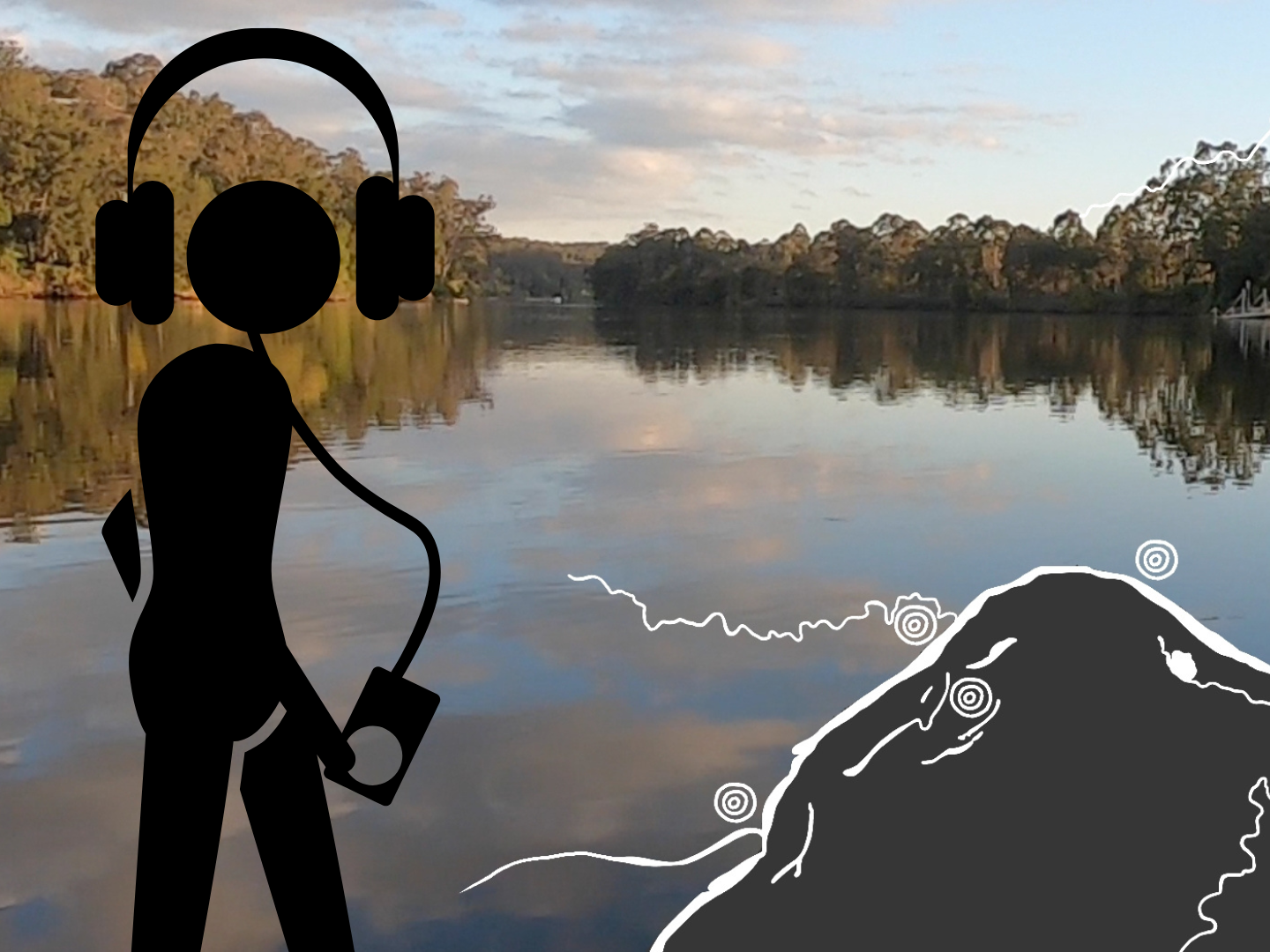The Queensland budget has exposed the State Government’s serious miscalculation in its snap decision to impose the world’s highest coal royalty tax, which will have long-term consequences of lost jobs and lost investments especially in regional communities.
The Queensland Resources Council (QRC) said the resources sector makes an enormous contribution to the Queensland economy through royalties and taxes as well as employment and business opportunities, but there needs to be a balance or the state would lose out in the long run.
Last year, the Queensland Government said the new tiers would cost coal producers an extra $800 million this financial year. Today’s budget revealed the Government would collect a record $15.3 billion from coal royalties – including $5.7 billion from the new royalty taxes.
“There has to be a balance between what the Queensland Government takes from the resources sector and what it leaves to encourage companies to continue to invest the capital required to get large-scale, multi-decade projects off the ground,” Mr Macfarlane said.
“The reason Queenslanders are benefiting today from the resources sector is because of investment decisions made years, if not decades, ago by resources companies which saw Queensland as a safe and secure place in which to invest.
“That long-held perception of Queensland has now changed, for the worse.
“A $2 billion investment in Central Queensland that would have created more than 2000 jobs has been cancelled, and a number of companies have indicated they are reconsidering their investment plans.
“A pipeline of more than $100 billion in a range of projects, including the minerals needed for lower emissions energy and technologies, could also be at risk because of the uncertainty that now exists for companies weighing up whether to invest in Queensland.
“The Queensland resources sector is proud of the significant contribution it makes that enables the State Government to provide the services and support Queenslanders need, especially when many are doing it tough,” Mr Macfarlane said.
“Over $18 billion in royalty taxes paid by the Queensland resources sector has enabled the State Government to deliver a budget that provides cost-of-living relief to Queenslanders.
“But if the Government wants the resources sector to be able continue to provide that support into the future, it needs policies that encourage investment to maintain a stable pipeline of projects in the years and decades to come.”
The QRC is also calling on the State Government to provide full details on its funding commitments to regional Queensland communities that are the backbone of our resources sector.
“Such a big economic impost on resources companies will have consequences and they’ll be hardest felt in regional communities that rely on the jobs and local spending that the sector provides,” Mr Macfarlane said.
“Many regional resources towns that help generate the billions of dollars of extra revenue now pouring into Government coffers are still waiting to see exactly how that money will benefit their regions,” Mr Macfarlane said.
The Queensland resources sector generated $94.6 billion of economic activity in the 2021/22 financial year and supported the jobs of 450 thousand Queenslanders. In the latest QRC survey, resources companies spent a record $28 billion supporting local businesses across the state.
“It was very concerning to see Queensland drop seven places in the Fraser Institute’s latest international survey of mining companies in terms of investor perception of policy settings in this state,” Mr Macfarlane said.
“Queensland is only just ahead of Brazil and Victoria, and 16 places behind Tasmania which is an indication of the concern held by the international investment community over the State Government’s decision to change the royalty policy without proper consultation.
“The QRC again calls on the Queensland Government to reconsider its decision and work with the industry to ensure the resources sector can continue to support the state’s economic prosperity in the decades ahead.”








